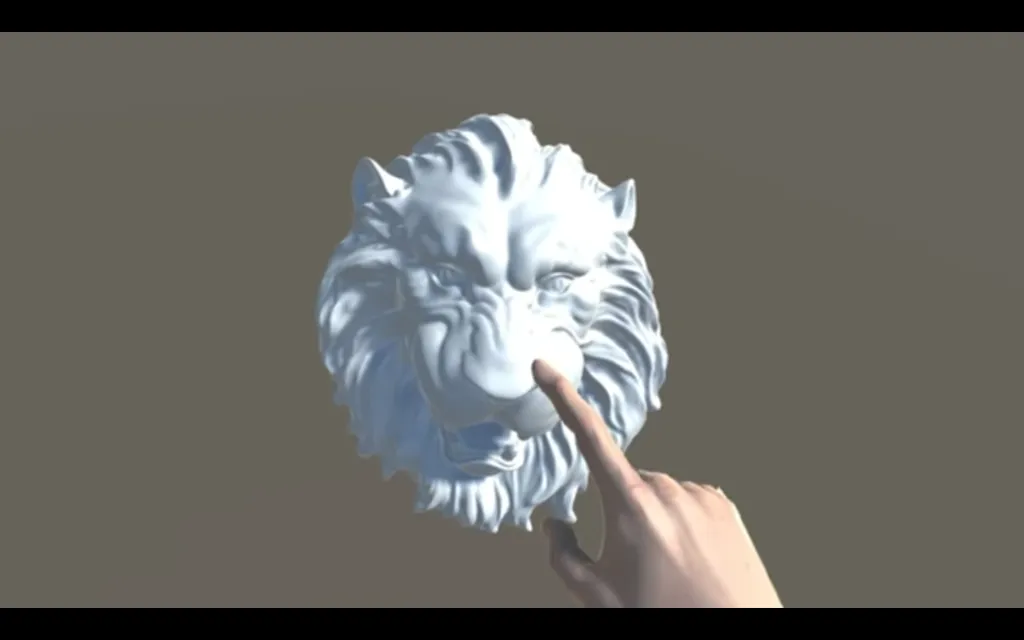We’re eager to go hands-on with Valve’s new prototype Vive controllers, but these new experiments from Microsoft’s Research division might be even more exciting.
These ‘High-fidelity 3D Haptic Shape Rendering on Handheld Virtual Reality Controllers’, named NormalTouch and TextureTouch, were designed by Hrvoje Benko, Christian Holz, Mike Sinclair, and Eyal Ofek. They’re also position-tracked, though the title is long enough already. The first controller features a platform not dissimilar to analogue sticks seen on a gamepad. Rather than you pushing the stick around to move in a game world, though, the stick rises, lowers and tilts based on surfaces and objects you’d interact with in the virtual world.
As you can see in the video, if you were to run a finger along a table, the stick would remain flat, but when your hand travels over an object it adapts to replicate that change. As a finger passes over a ball the stick tilts and moves with your hand, simulating the curved shape of the object. What’s more, force feedback allows users to test the stiffness of surfaces and prevent your hand passing through an item, meaning you could apply more force to a balloon with less resistance than you would a block of concrete, for example. It can even be used to push objects.
TextureTouch, meanwhile, uses a 4×4 matrix of actuated pins to better replicate the surface of objects, applying feedback as you drag your hand across. The prototype’s creators have tested the controllers, and published their findings online. Using these controllers produced better ratings in tasks like tracing a virtual object with a finger than controllers that used VibroTactile feedback or simply relying on visual feedback.
There’s no denying these are intriguing solutions to VR’s current feedback problem, though they’re far away from any sort of consumer implementation. For now, the best we have its the vibration feedback provided by the Oculus Touch and HTC Vive wands.
File these controllers away with other interesting experiments, like Oculus Research’s haptic feedback prototypes.



























